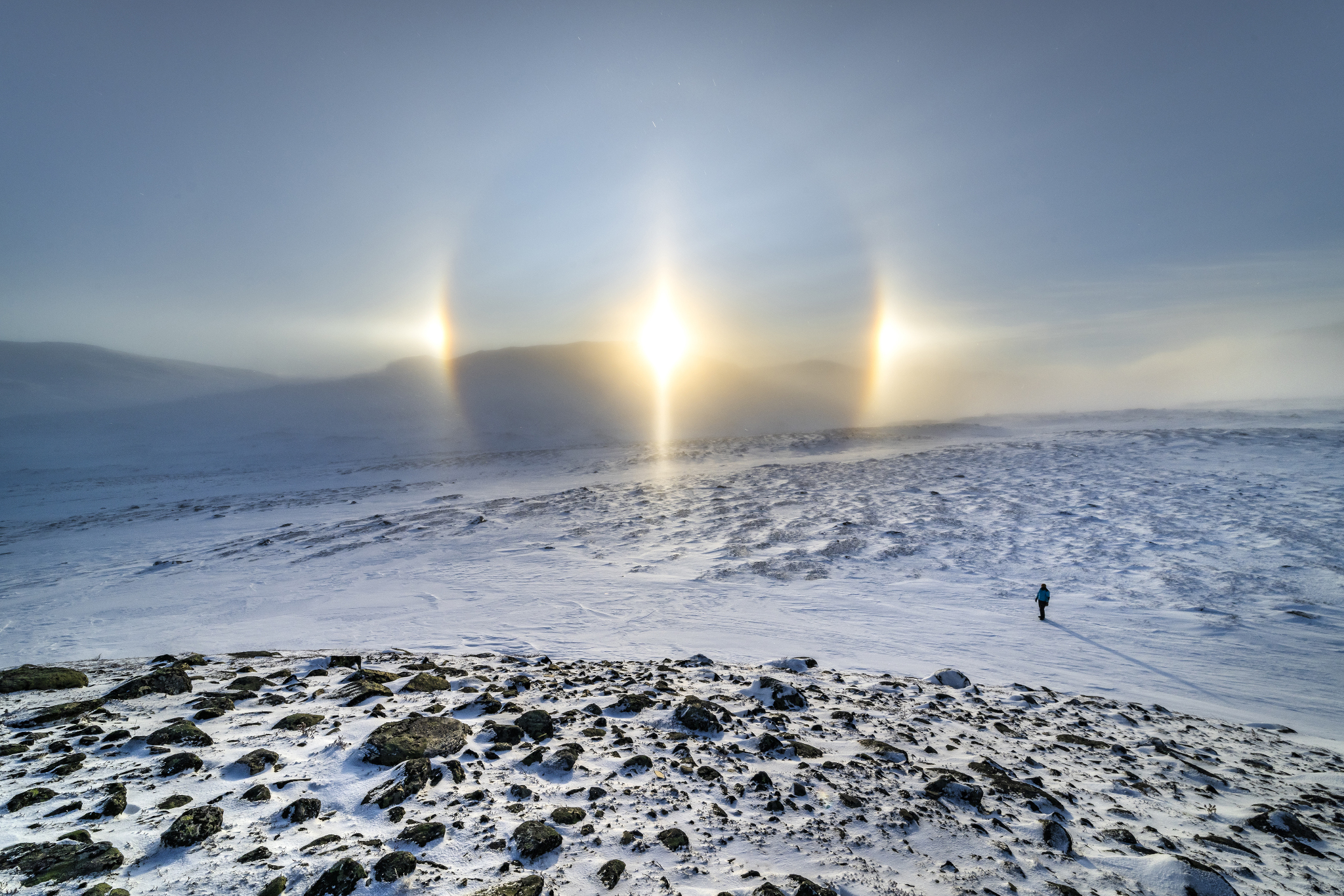this post was submitted on 15 Feb 2025
5 points (100.0% liked)
Science
13268 readers
1 users here now
Studies, research findings, and interesting tidbits from the ever-expanding scientific world.
Subcommunities on Beehaw:
Be sure to also check out these other Fediverse science communities:
This community's icon was made by Aaron Schneider, under the CC-BY-NC-SA 4.0 license.
founded 3 years ago
MODERATORS
there doesn't seem to be anything here
